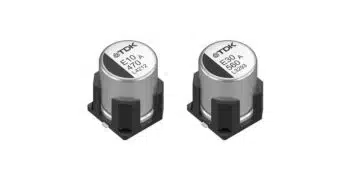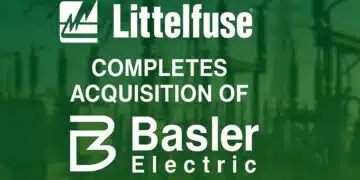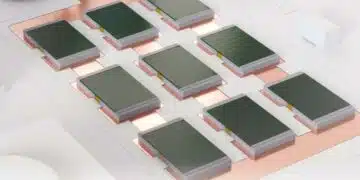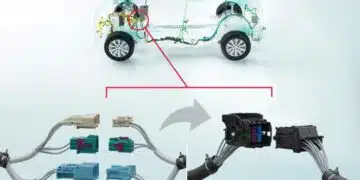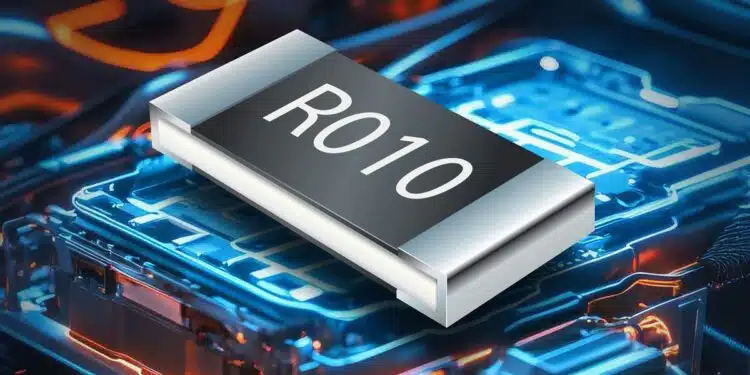Bourns, Inc., a leading manufacturer and supplier of electronic components for power, protection, and sensing solutions, announced an extension of its CRF Series automotive grade, AEC-Q200 compliant current sense resistors to be available in a compact surface mount (SMD) 2010 package.
Bourns designed the CRF2010 SMD resistor model to meet the small size, accurate resistance value and resistance tolerance requirements in Battery Management Systems (BMS), Switch-Mode Power Supplies (SMPS), motor control, Electric Vehicle (EV) board net current control, inverter phase current sensing and for robotic current control applications.
In addition, Bourns is making its Model CRF2512 Current Sense Resistors in the 2512 SMD package size available in a high power 3 W version. The Model CRF2512 is AEC-Q200 compliant and features resistance values as low as 0.0003 ohms with an inductance of less than 5 nanohenries (nH). These features make this new 3 W version ideal for power supplies, stepper motor drives and input amplifiers.
The new Model CRF2010 supports resistance tolerances of 1 % and 5 % with a fixed TCR value of ±50 ppm/° C, and supports resistance ranges from 1 mΩ to 50 mΩ with the same TCR.
These current sense resistors also boast an excellent 1.5 W power rating in a compact size. In addition, the series’ metal strip construction enables smaller, thinner package sizes, and offers superior surge energy resistance compared to typical 2010-sized resistors with the added value of providing automotive-grade reliability for demanding applications.
The Bourns® CRF2010 Series and CRF2512 Series High Power Current Sense Resistors are available now through Bourns’ authorized distribution partners, and are RoHS compliant.
Features
- Resistance value as low as 0.0003 ohm
- High power density
- Inductance less than 5 nH
- Low thermal EMF:
- <3 µV/°C (0805~2010);
- <40 µV/°C (2512)
- RoHS compliant
- AEC-Q200 compliant
Applications
- Power supplies
- Stepper motor drives
- Input amplifiers





